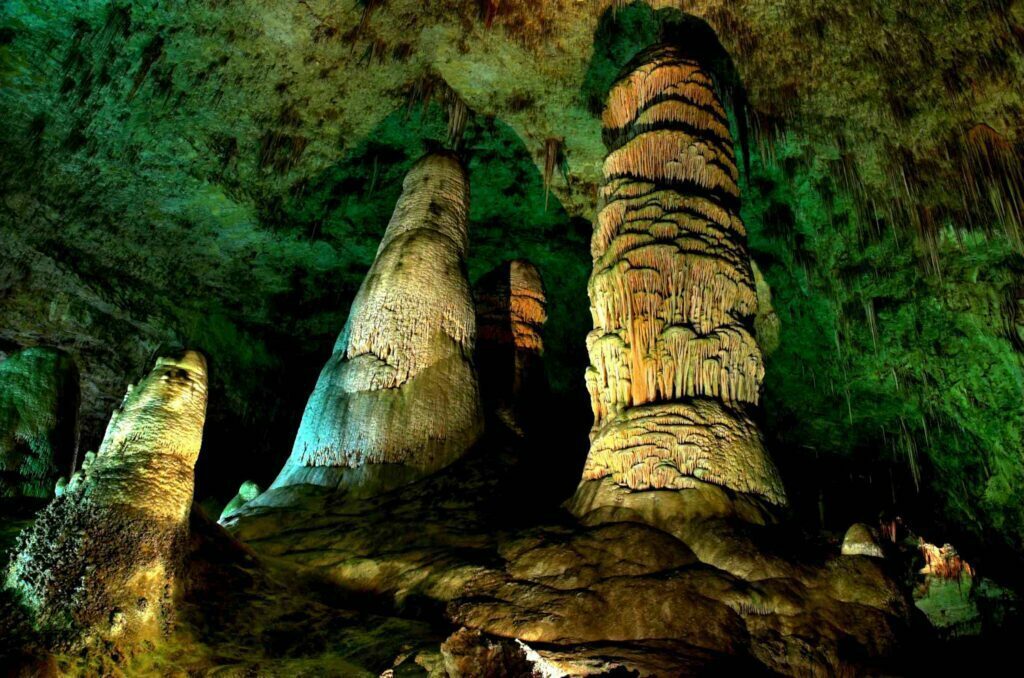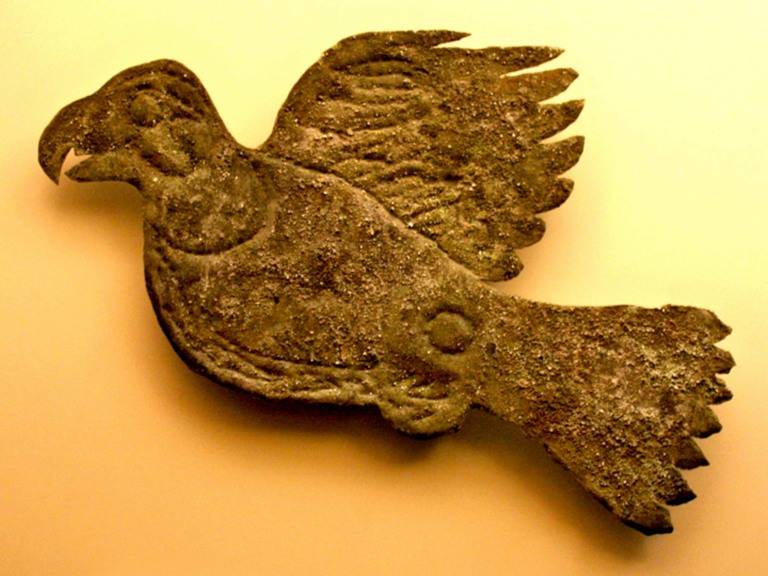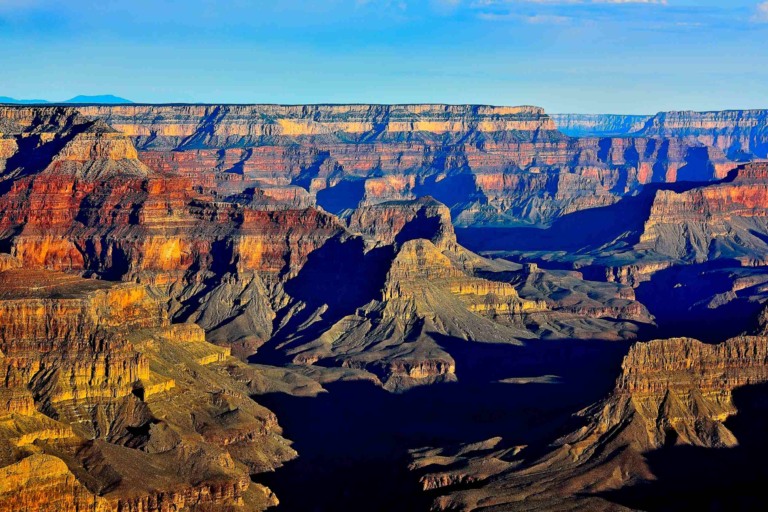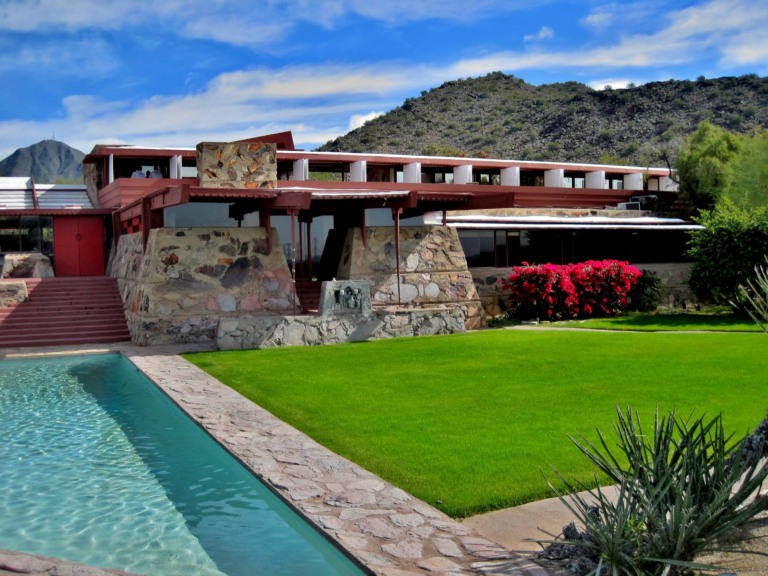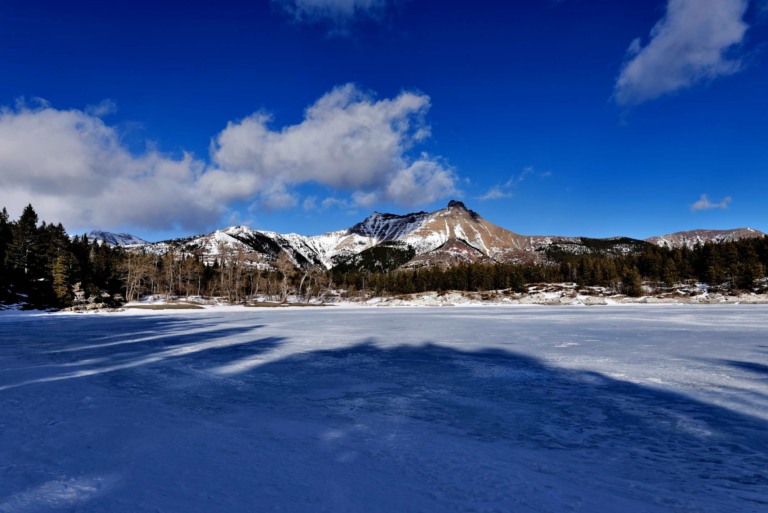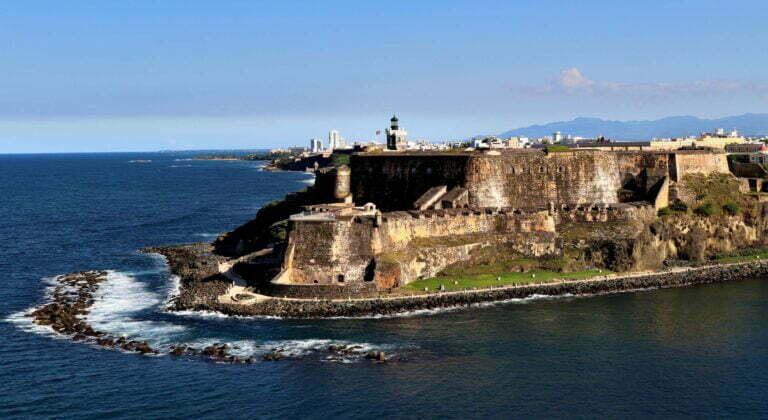Carlsbad Caverns National Park in New Mexico, a part of the Chihuahuan Desert in the United States, became a UNESCO World Heritage Site in 1995. The Guadalupe Mountains and the plains of the Chihuahuan Desert meet in the Caverns in New Mexico. In this karst area of New Mexico, there are more than 80 caves known to be in Carlsbad Caverns. They are amazing not only because of their size, but also because of how many, different, and beautiful their mineral formations are.
Carlsbad Caverns Facts
Facts About Carlsbad Caverns: Caves in New Mexico have 83 caves in Carlsbad National Park. The park is 73 square miles (189 square kilometers) big and is home to Carlsbad Caverns National Park, which gives the park its name. The park also includes Rattlesnake Springs, a small area about 5 miles (8 km) to the southeast.
Explain how the Limestone Caves at Carlsbad Cavern were formed? About 250 million years ago, this area was covered by a shallow sea surrounded by a huge, horseshoe-shaped limestone reef. This piece of land is called Capitan Reef. This species lives in the south-eastern part of New Mexico and the western part of Texas.
One of them is Guadalupe Mountains National Park, which is right next to Carlsbad Caverns National Park, to the southwest. The huge underground caverns were created by a steady flow of acidic groundwater after the sea went away. In this process, limestone slowly changes into gypsum. This creates huge stalactites, stalagmites, and other deposits in caves that can be delicate or strange.
Pictographs at the cave’s entrance show that Native Americans knew about Carlsbad Cavern more than a thousand years ago. But local settlers didn’t find the site until the 1880s and started mining bat guano for fertilizer. One of the miners, James Larkin White, said that he had found the cave.
He went deeper into the cave and started giving tours with kerosene torches, dropping people in bat-guano buckets to a depth of 170 feet (52 meters). White also led the first trips into the caves for scientific purposes. In 1924, he led a big mission for the USGS to find out more about an area.
Carlsbad Cavern has many underground rooms that are like a maze. One of them is one of the biggest things ever found. We still don’t know how long all of the rooms and hallways are. But the part of the main cavern that has been explored is more than 30 miles (48 km) long. Visitors are allowed to walk for 3 miles (5 kilometers) within that area.
The level that is 1027 feet (313 meters) below ground is the deepest of the three main levels. You can walk or take an elevator to the 755-foot (230-meter) level to see the Big Room. It was about 2,000 feet (610 meters) long and 1,100 feet (335 meters) wide at its widest point.
It has an arched ceiling that goes up 255 feet (78 meters) above the floor. A 62-foot-tall stalagmite called the “Giant Dome” can be found inside. The so-called Bottomless Pit, which is 700 feet (210 meters) deep, and the Twin Domes, which are only slightly smaller, perfectly sized, and beautifully fluted.
Carlsbad Caverns National Park New Mexico
In the park, southwest of Carlsbad Cavern, is where you’ll find Slaughter Canyon Cave. The Monarch is an 89-foot-tall column that is one of the tallest in the world (27 meters). A thin rim-stone dam, which is a natural dam made by the buildup of calcium carbonate.
Lechuguilla Cave is near the northern edge of the park. Since 1984, when exploration of Lechuguilla began, more than 100 miles (160 km) of passageways have been studied. It is the fifth-longest cave in the world and the third-longest cave in the United States. Lechuguilla Cave is one of a kind because it can be used as a natural underground lab to study geological and biological processes.
It was found in 1986, and its depth was found to be 1,604 feet (489 meters). This makes it the deepest limestone cave in the United States. It has underwater features that can’t be found anywhere else on Earth. In 1993, Congress passed a law that set up a cave protection zone around Lechuguilla. It is about 10 square miles (25 square kilometers) big.
On the park’s surface, plants like yucca, ocotillo, Texas black walnut, and desert willow grow well. Some of the animals in the park are mule deer, coyotes, bobcats, rattlesnakes, and pumas, which are mountain lions. Almost two-thirds of the park is made up of the wilderness area. As a way to help keep habitat changes from happening again,
Carlsbad Caverns Bats
Caves in New Mexico are home to sixteen different bat species, including a large number of Mexican Free-tailed Bats. It was given this name because the bottom half of its tail has no membrane. Carlsbad Caverns bats are medium-sized, with a body length of about 4 inches and a wingspan of just over 12 inches. The color of their fur is either dark brown or gray. They have babies and raise them in large nursery colonies, where 90% of the babies are born within 15 days of each other.
Every year, one pup is born between June and the middle of July. When the baby bats are born, their mothers leave them in the cave and go out to hunt insects. The mother remembers where she left her “pup” because she knows its distinct “cry” and odour. New Mexico bat species play an important role in pest-insect population management.
But their numbers are quickly going down because pesticides are killing them and their nesting caves are being destroyed. In 1936, there were about 8.7 million bats living there. By 1973, there were only 218,000. There are many ways to figure out how many bats there are. The number of bats in New Mexico has dropped by several hundred thousand in recent years. It keeps track of when the young birds start to fly in the fall.
Bat Flight Carlsbad Caverns
Bat flights begin shortly after dusk in the evening and last all year. The bats coming out is such a show for visitors that a small seating area/outdoor theater has been built at the caves’ natural entrance.During the summer, about a million Mexican free-tailed bats live in a group in Bat Cave, which is part of the caverns. Every night after sunset, they swarm out of the cave’s entrance to eat the food in the area.
